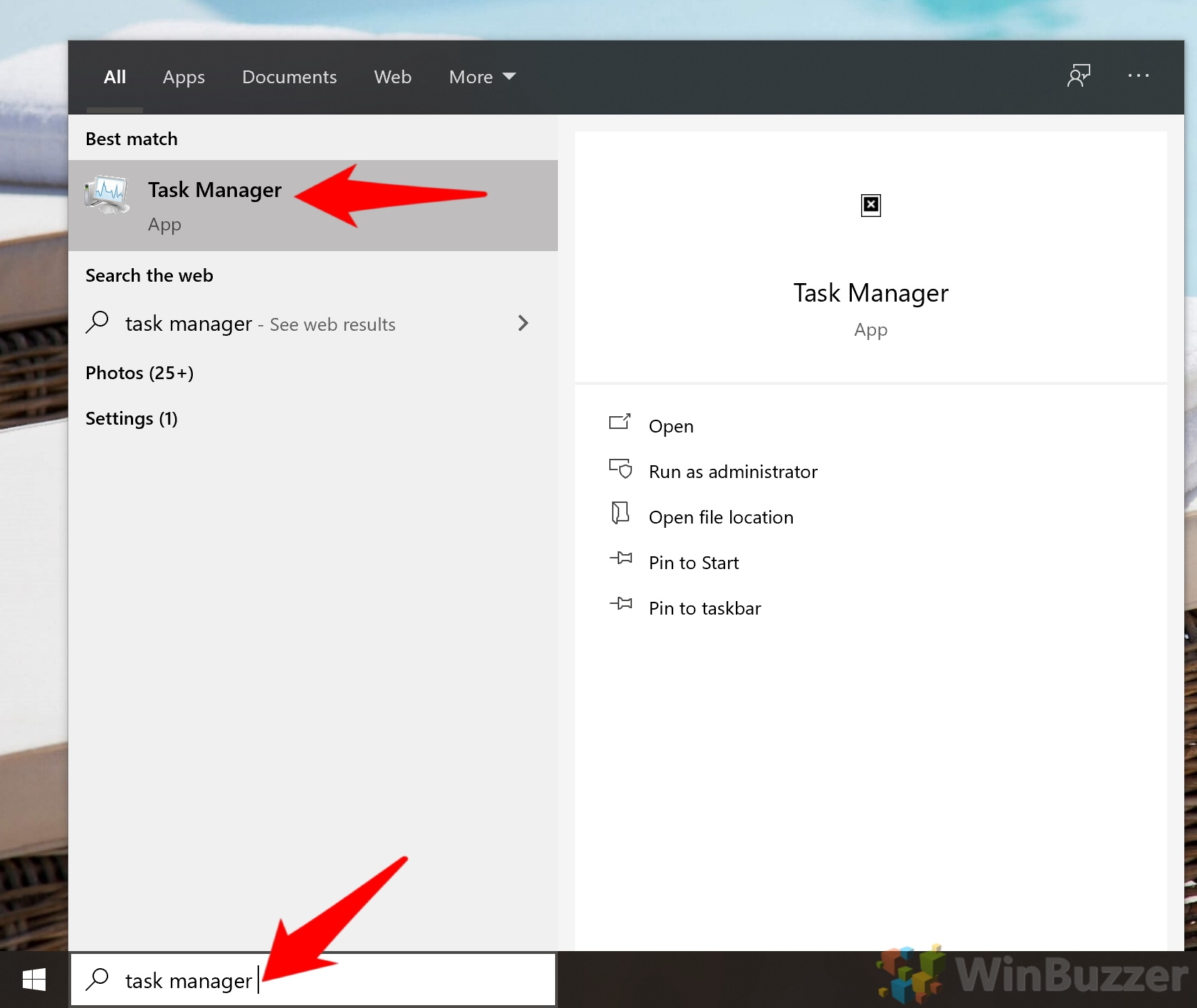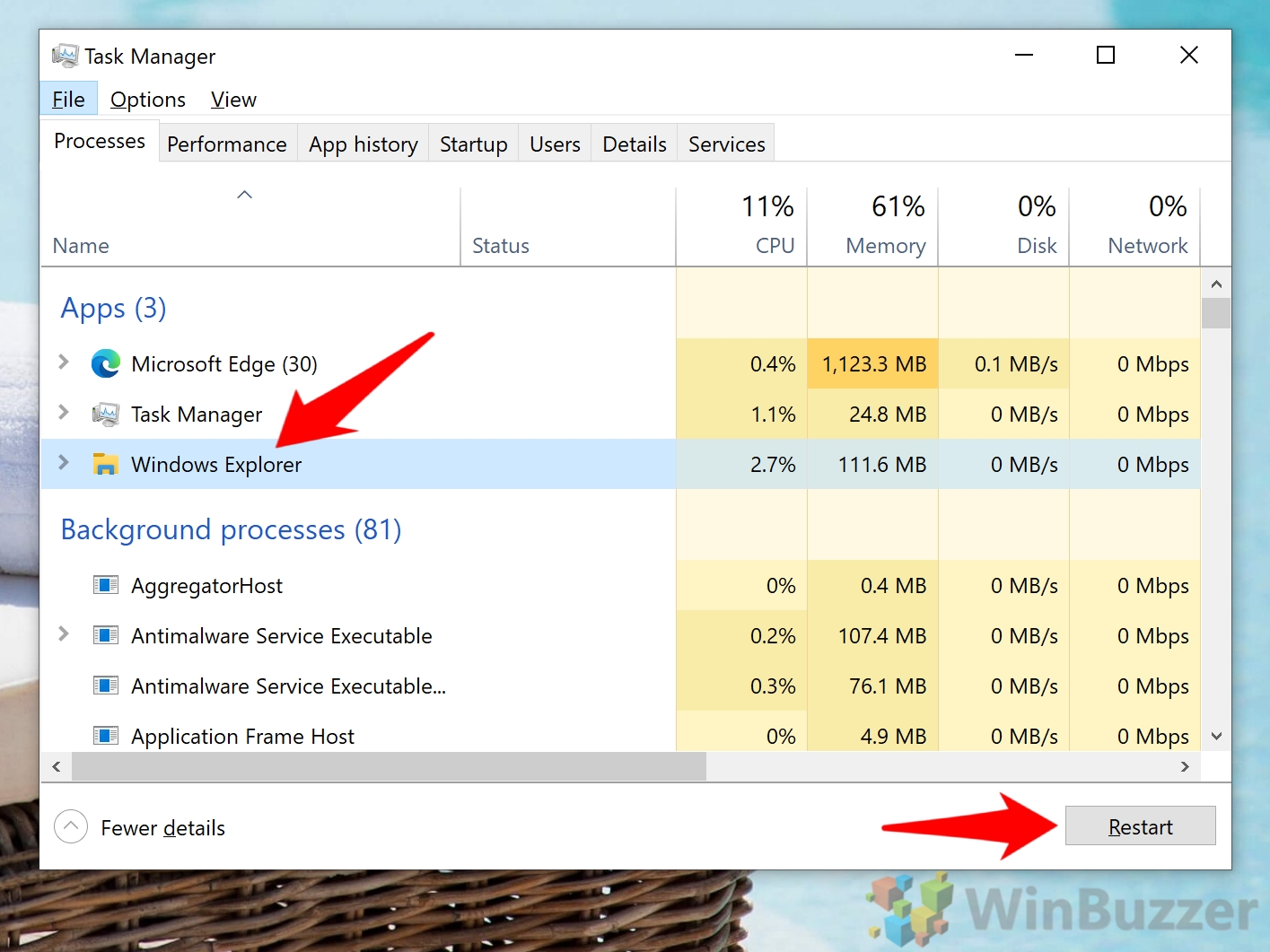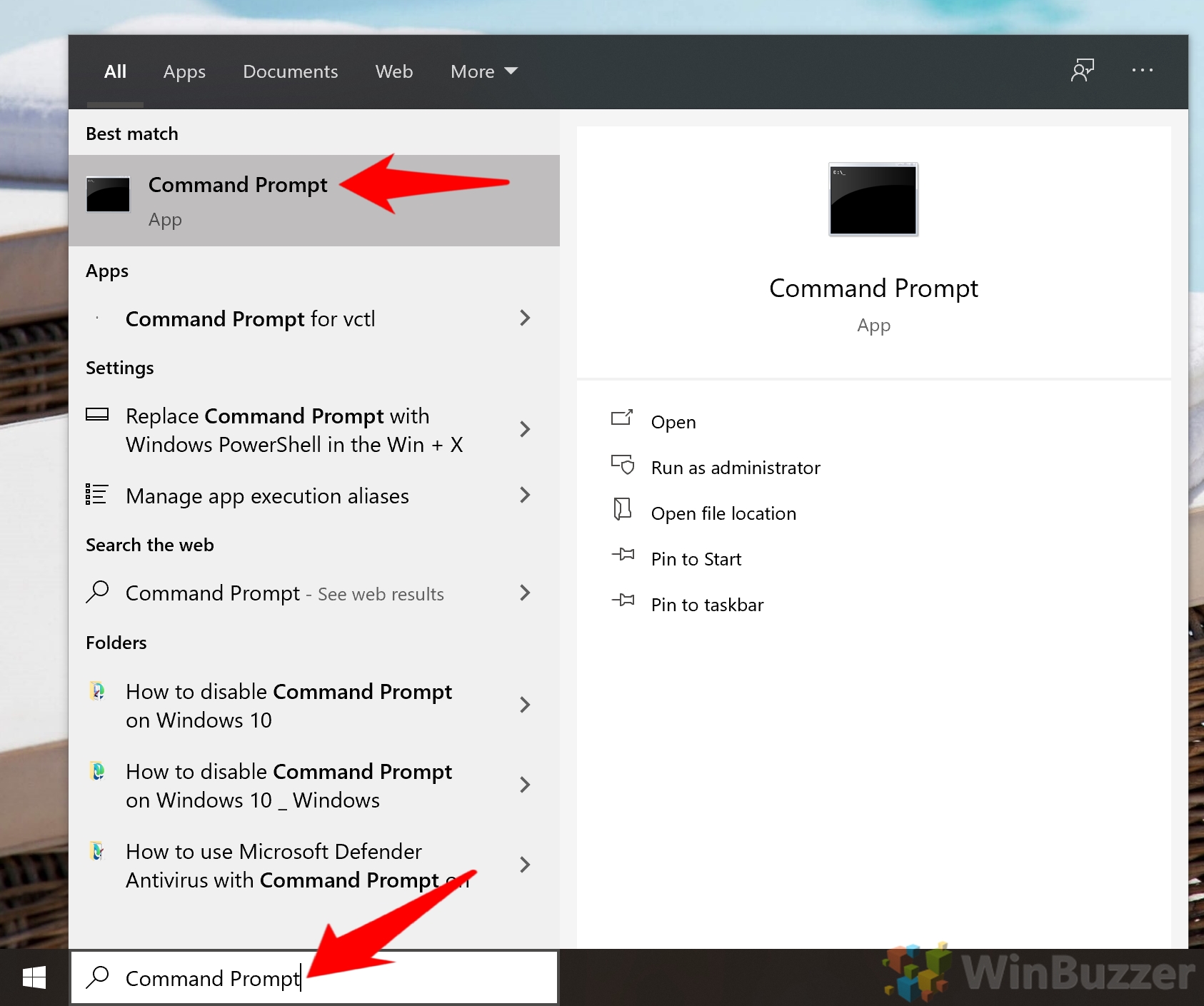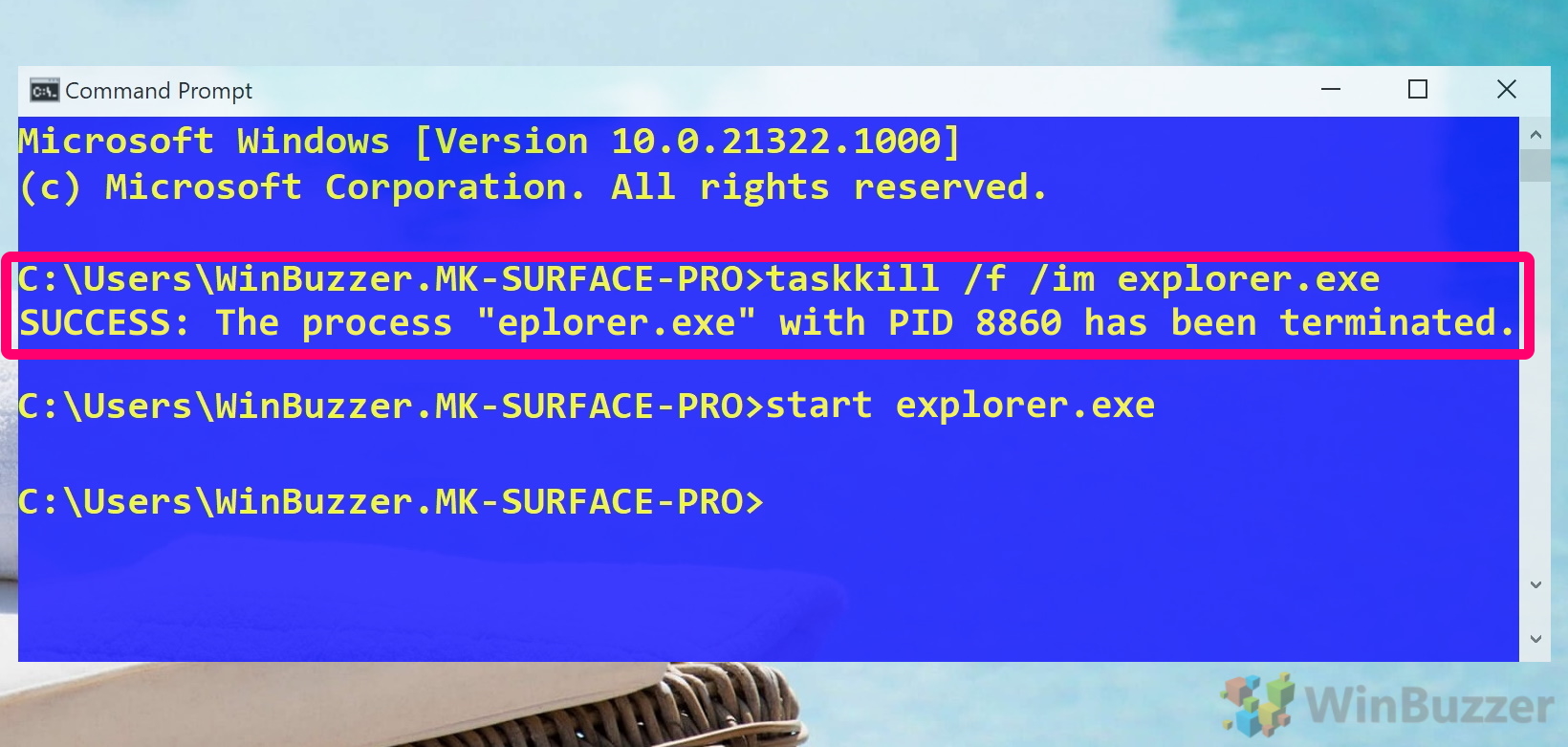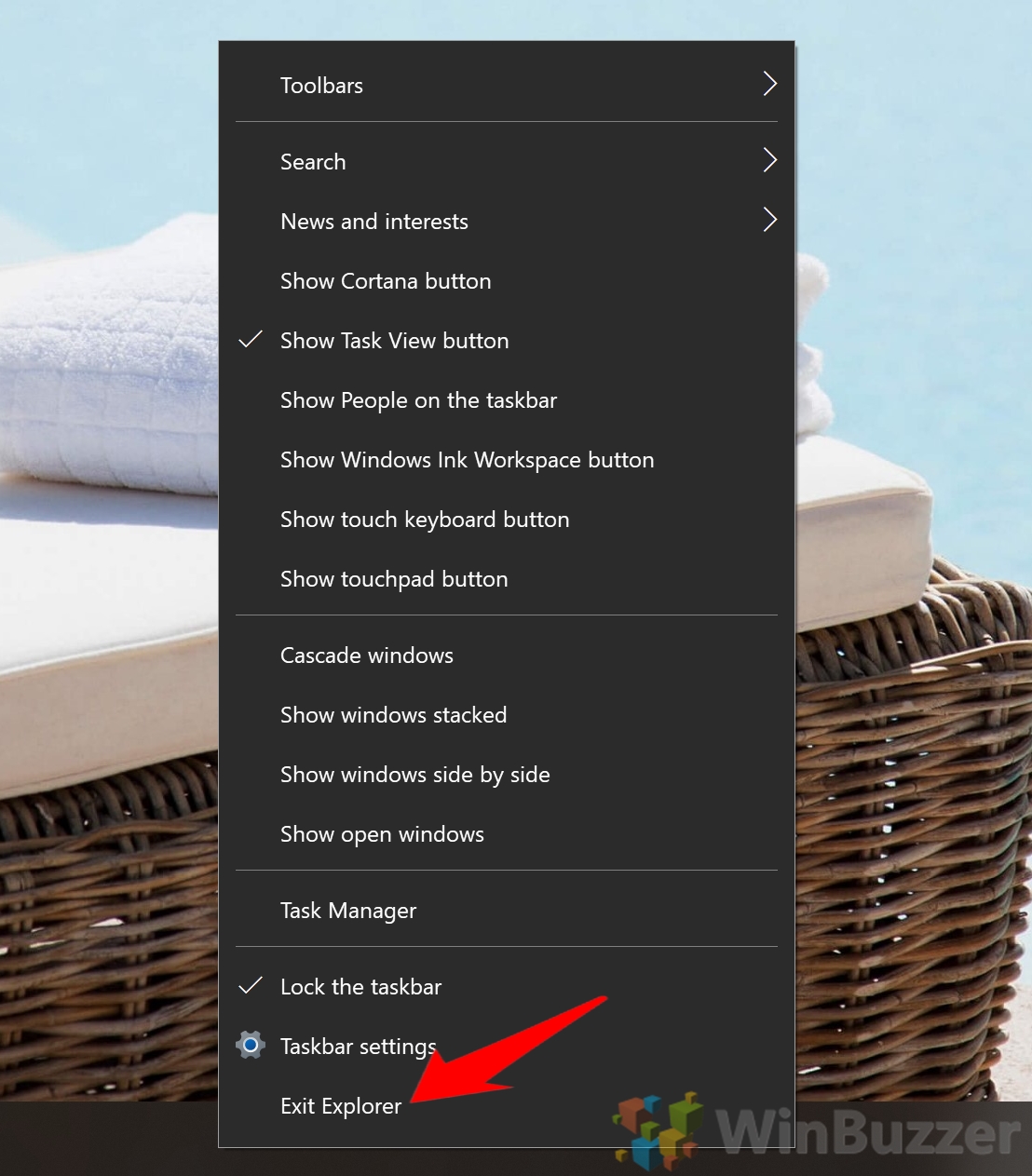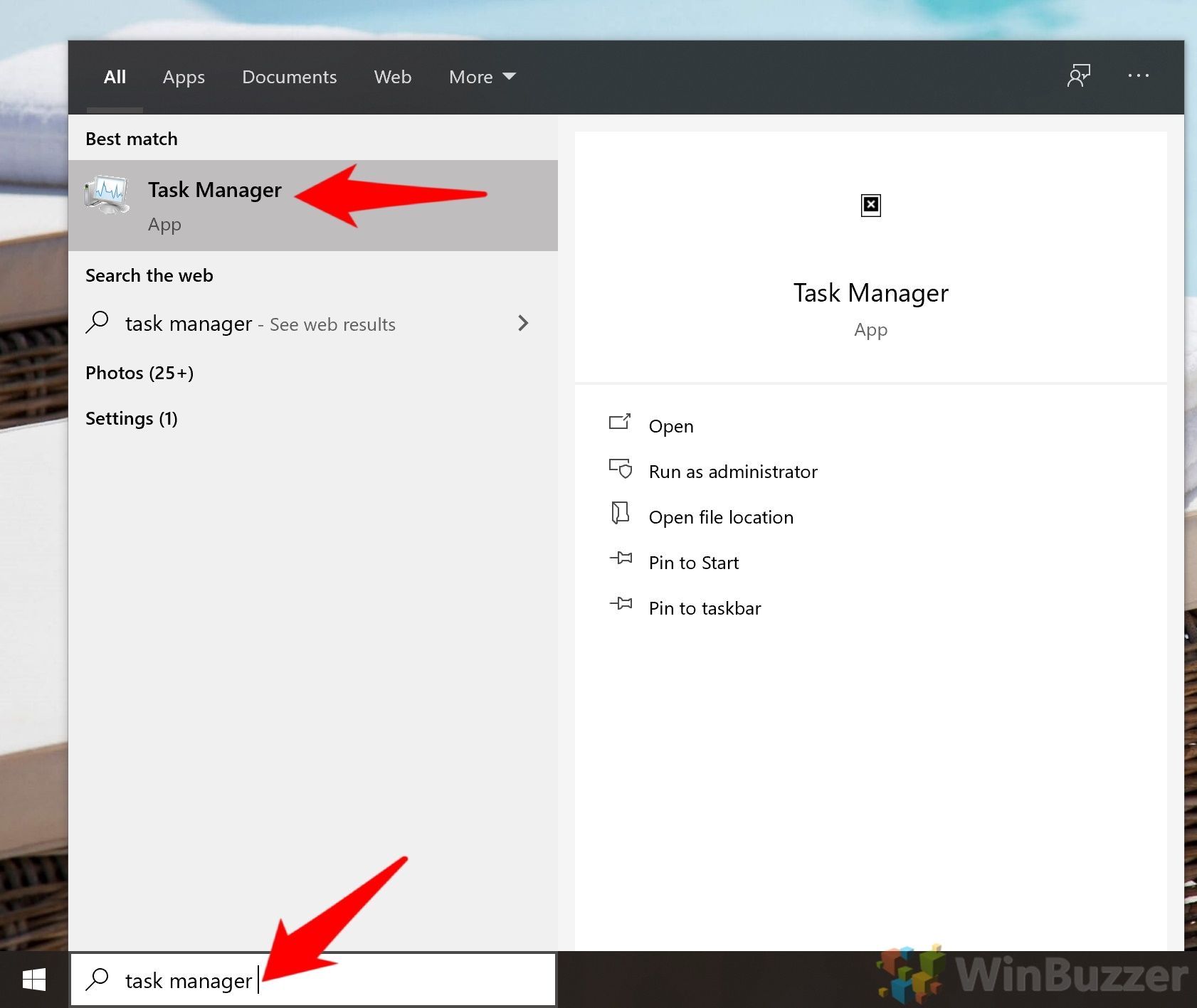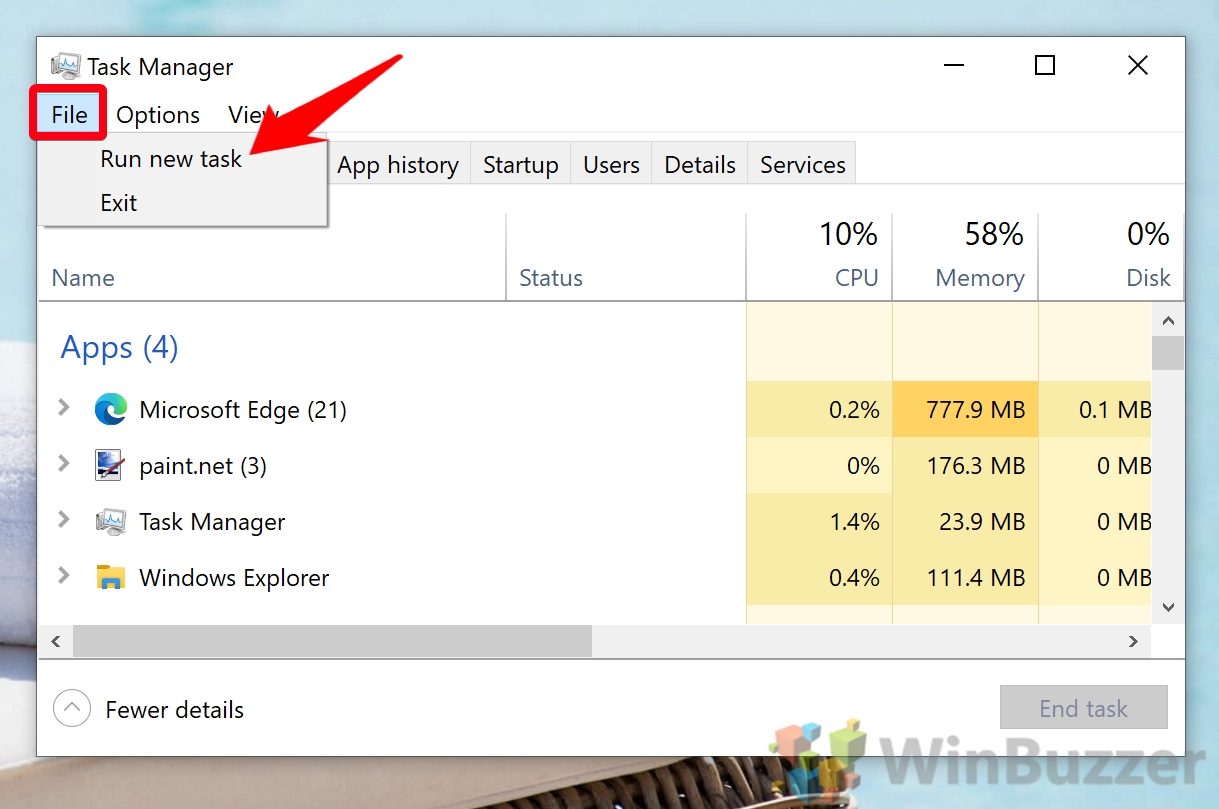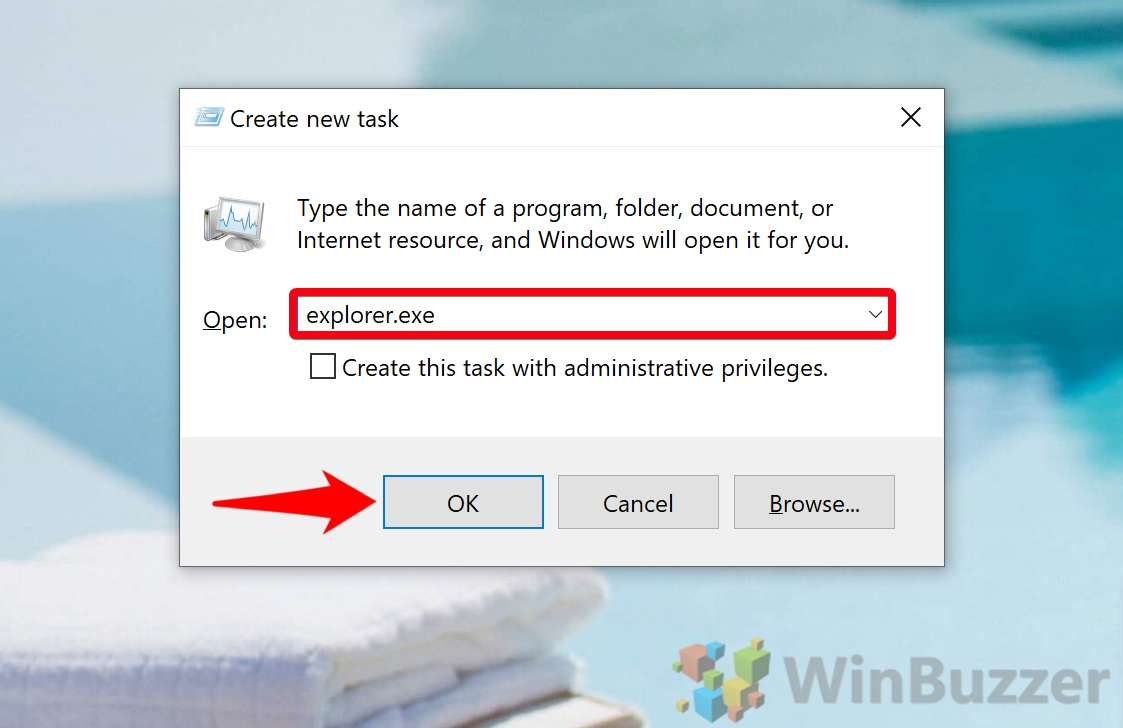Windows Explorer is a vital part of your Windows operating system. As well as providing you with the trusty File Explorer, it powers much of the desktop interface as we know it. Unfortunately, it also tends to stop working when your computer runs into problems. This is usually noted in Windows 10 with the error “Windows explorer is not working. Please restart explorer.exe”, or something similar.
What is explorer.exe?
If you get this error, it’s important not to panic. While a frozen desktop, taskbar, or Start Menu looks scary, it’s easily resolved in most cases. Explorer.exe is only responsible for running the above tasks. Though it’s a Windows component, Microsoft has built it in such a way that it won’t cause serious instability to your system if it crashes.
Taskbar disappeared in Windows 10? It’s also Explorer.exe
If your Taskbar disappeared on Windows 10, explorer.exe might have crashed and can be easily restarted.
The easiest way to fix if Windows Explorer is not working is a simple PC restart. However, if you have work that you still need to save, it’s possible to recover your desktop through other means. As Task Manager, Command Prompt, and other programs are separate from the Explorer process, we can still launch those and restart explorer.exe.
Restart Taskbar, Desktop and File Explorer all at once
Today we’re going to teach you how to restart Windows Explorer in Windows 10 using Task Manager, and the command prompt. This should resolve most temporary issues with the Start Menu, Taskbar, or desktop that you’re having.
How to Quickly Restart the explorer.exe Process with Task Manager
The easiest way to restart Windows Explorer in Windows 10 is via the trusty Task Manager, which includes a way to stop and start it with a single click.
- Open Task Manager
Press the?Start button and type “Task Manager”, then click the top result.
If you can’t access the Start Menu due to your explorer issues, instead press?Ctrl + Shift + Esc.

- Restart Windows Explorer
Scroll down the list in Task Manager until you find the “Windows Explorer” process. Click it, then press “Restart” in the bottom-right corner.

- OR: Restart with right-click
You can also right-click Windows Explorer and press “Restart” in the context menu for a little bit of extra speed.

How to Restart Windows Explorer in Windows 10 via Command Prompt
If you prefer the command-line or can’t access Task Manager for whatever reason, you can make use of Command Prompt’s kill and start commands.
- Open Command Prompt
Press Start then type “Command Prompt” and click the top result.
Alternatively, if you can’t access the Start menu, press Ctrl + R, type “cmd”, and press “OK”.

- Run the taskkill command and start explorer again
In your Command Prompt window, paste or type the following and press?Enter:taskkill /f /im explorer.exe
Once your taskbar disappears, enter the following to start the explorer process again:start explorer.exe
How to To Exit Explorer via the hidden Taskbar Context Menu
With a nifty little trick, you can close File Explorer without the use of any external programs. This may work even if you have a frozen taskbar. Here’s how:
How to Start Windows Explorer via Task Manager
Most of us use Task Manager to kill processes but forget that it can be used to start them, too. Here’s how you can use it to start explorer.exe when it’s not working.
- Open Task Manager
Press the?Start button and type “Task Manager”, then click the top result. Or, if you can’t access the Start menu, press?Ctrl + Shift + Esc.

- Click File > Run new task
- Restart explorer.exe with Task Manager
In the “Create new task” dialog, next to the “Open:” heading, type “explorer.exe”. Press “OK” to start the process again.
If your taskbar doesn’t show up immediately, try clicking the space where it usually is.?

With that done, you should all the tools you need to restart explorer.exe in Windows 10 to fix common issues like a frozen taskbar, desktop, or Start Menu. If you’d like to learn more about Windows services, you can read our dedicated guide. While you’re there, why not take a deeper dive into Task Manager to brush up on your skills?
Last Updated on February 14, 2022 7:50 pm CET by Markus Kasanmascheff

